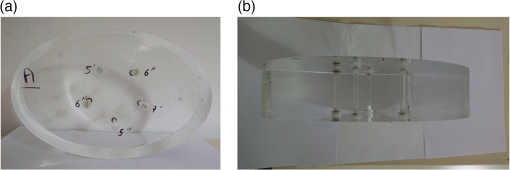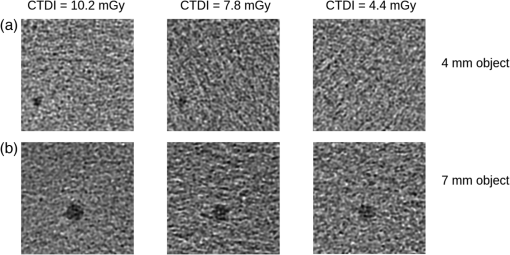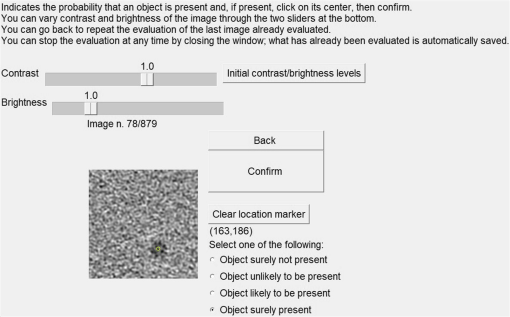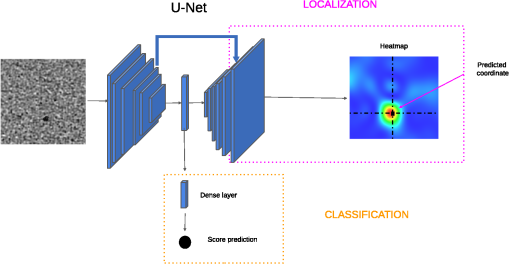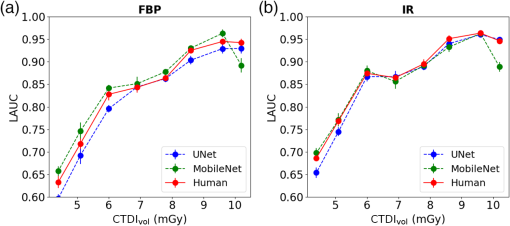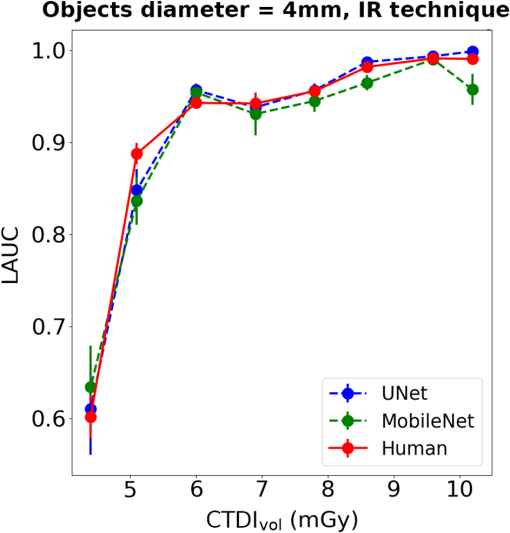Author Affiliations +
Federico Valeri,1 Maurizio Bartolucci,2 Elena Cantoni,3 Roberto Carpi,4 Evaristo Cisbani,5 Ilaria Cupparo,3 Sandra Doria,6,7,* Cesare Gori,3 Mauro Grigioni,5 Lorenzo Lasagni,3 Alessandro Marconi,8 Lorenzo Nicola Mazzoni,9 Vittorio Miele,10 Silvia Pradella,10 Guido Risaliti,3 Valentina Sanguineti,11 Diego Sona,12 Letizia Vannucchi,13 Adriana Taddeucci14,15
1Univ degli Studi di Firenze (Italy)
2Ospedale S. Stefano, Azienda USL Toscana Ctr. (Italy)
3Univ. degli Studi di Firenze (Italy)
4Azienda USL Toscana Ctr. (Italy)
5Istituto Superiore di Sanità (Italy)
6Istituto di Chimica dei Composti OrganoMetallici, CNR (Italy)
7LENS - Lab Europeo di Spettroscopie Non-Lineari, Univ. degli Studi di Firenze (Italy)
8Univ. degli Studi di Firenze (Italy)
9Ospedale San Jacopo, Azienda USL Toscana Ctr. (Italy)
10SOD Radiodiagnostica di Emergenza-Urgenza, Azienda Ospedaliera Univ. Careggi (Italy)
11Istituto Italiano di Tecnologia (Italy)
12Fondazione Bruno Kessler (Italy)
13Ospedale S. Jacopo, AUSL Toscana Ctr. (Italy)
14UO Fisica Sanitaria, Azienda Ospedaliero Univ. Careggi (Italy)
15Istituto Nazionale di Fisica Nucleare - Sezione di Firenze (Italy)
*Address all correspondence to Sandra Doria, doria@lens.unifi.it
